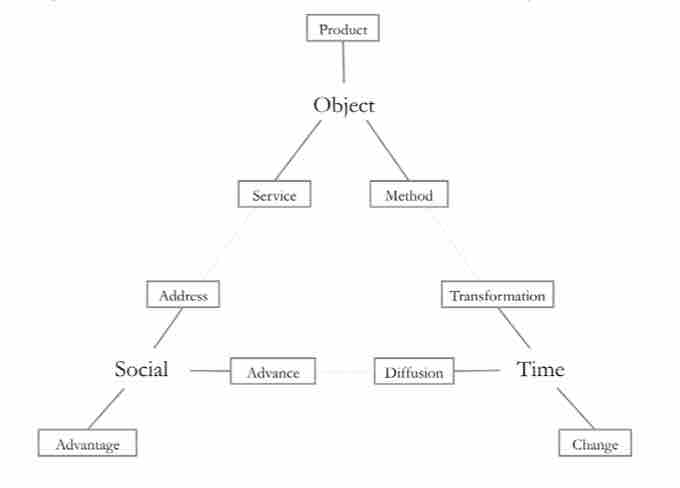Innovation is the creation of better or more effective products, processes, services, technologies, or ideas that are readily available to markets, governments, and society. Innovation differs from invention in that innovation refers to the use of better and, as a result, a novel idea or method, whereas invention refers more directly to the creation of the idea or method itself. Innovation differs from improvement in that innovation refers to the notion of doing something different rather than doing the same thing better.
Due to its widespread effect, innovation is an important topic in the study of economics, business, entrepreneurship, design, technology, sociology, and engineering. In society, innovation aids in comfort, convenience, and efficiency in everyday life. For instance, the benchmarks in railroad equipment and infrastructure added to greater safety, maintenance, speed, and weight capacity for passenger services. These innovations included wood to steel cars, iron to steel rails, stove-heated to steam-heated cars, gas lighting to electric lighting, diesel-powered to electric-diesel locomotives. By mid-twentieth century, trains were making longer, more comfortable, and faster trips at lower costs for passengers
Organization
In the organizational context, innovation may be linked to positive changes in efficiency, productivity, quality, competitiveness, market share, and others. All organizations can innovate, including hospitals, universities, and local governments. For instance, former Mayor Martin O'Malley pushed the City of Baltimore to use CitiStat, a performance-measurement data and management system that allows city officials to maintain statistics on crime trends to condition of potholes. This system aids in better evaluation of policies and procedures with accountability and efficiency in terms of time and money. In its first year, CitiStat saved the city $13.2 million.
There are several sources of innovation. According to the Peter F. Drucker the general sources of innovations are different changes in industry structure, in market structure, in local and global demographics, in human perception, mood and meaning, in the amount of already available scientific knowledge, etc. When an innovative idea requires a better business model, or radically redesigns the delivery of value to focus on the customer, a real-world experimentation approach increases the chances of market success. Potentially, innovative business models and customer experiences can't be tested through traditional market research methods. Programs of organizational innovation are typically tightly linked to organizational goals and objectives, the business plan, and to market competitive positioning. One driver for innovation programs in corporations is to achieve growth objectives. Once innovation occurs, innovations may be spread from the innovator to other individuals and groups. This process can be described as using the "s-curve" or diffusion curve. This is known as the process of diffusion.

Innovation Diagram
Innovation 3D - The Innovation Triangle